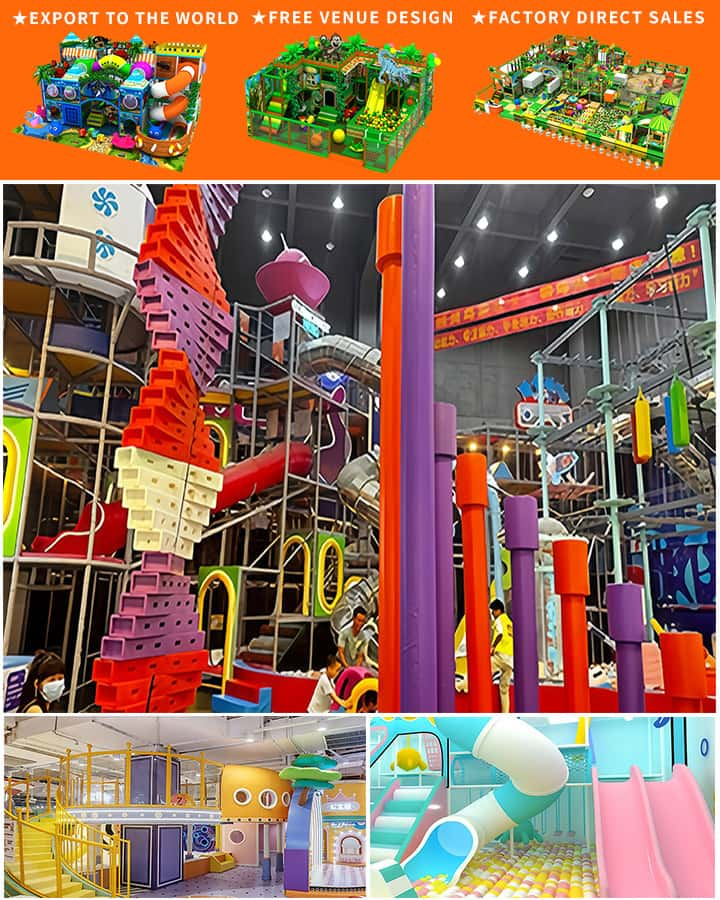School playgrounds are an integral part of a student’s daily life, providing not only a space for physical activity but also a crucial environment for social interaction and development. The right playground equipment can make all the difference in fostering these experiences, making it essential for schools to equip their playgrounds thoughtfully. In this guide, we explore a comprehensive list of essential playground equipment that every school should consider.
1. Swings: Swings remain a timeless favorite among children of all ages. They come in various types, including traditional belt swings, toddler swings, and adaptive swings for children with special needs. Ensure there is a mix to accommodate different age groups and abilities.
2. Slides: Slides provide exhilarating fun and help improve a child’s balance and coordination. Options range from simple straight slides to more complex structures like spiral and tube slides. For added safety, ensure slides have proper landing zones.
3. Climbing Structures: Climbing structures such as jungle gyms, climbers, and climbing walls offer excellent opportunities for developing motor skills and building strength. These structures vary in difficulty and size, catering to different age groups and physical capabilities.
4. Seesaws and Teeter-Totters:
 Seesaws and teeter-totters encourage cooperative play and social interaction. They teach balance and timing while offering a great way for children to engage with peers.
Seesaws and teeter-totters encourage cooperative play and social interaction. They teach balance and timing while offering a great way for children to engage with peers.
5. Merry-Go-Rounds: Merry-go-rounds offer both entertainment and physical exercise. These rotating platforms come in different sizes and designs, providing varied sensory experiences and promoting gross motor skills.
6. Spring Riders: Spring riders, often resembling animals or vehicles, are perfect for younger children. These pieces of equipment use spring mechanisms to create a bouncing motion, enhancing leg strength and coordination.
7. Sandbox and Digging Toys: A sandbox provides a creative outlet where children can build, dig, and explore. Include shovels, pails, and other digging toys to stimulate imaginative play and fine motor skills.
8. Playhouses: Playhouses mimic real-life scenarios like homes or stores, encouraging role-play and social interaction. These structures come in various designs and sizes, suitable for different age groups.
9. Balance Beams and Logs: Balance beams and logs are excellent for developing balance and coordination. These low-to-the-ground structures provide safe practice for walking and balancing activities.
10. Outdoor Fitness Equipment: Outdoor fitness equipment such as pull-up bars, balance bikes, and climbing ropes cater to older students, promoting fitness and encouraging active lifestyles.
11. Safety Surfacing: While not equipment per se, safety surfacing like rubber mats, wood chips, or sand around playground structures is crucial. This surfacing material helps cushion falls and prevent injuries, ensuring a safer play environment.
12. Inclusive Play Equipment: Inclusive playground equipment is designed to be accessible to all children, including those with physical disabilities. Items like wheelchair-accessible carousels and sensory play panels ensure everyone can participate in playtime.
Conclusion: Selecting the right playground equipment is vital for creating a dynamic and engaging outdoor space that supports physical health, social development, and overall well-being. By incorporating a diverse range of equipment, schools can cater to the needs of all students, fostering a positive and inclusive play environment. With careful planning and consideration, school playgrounds can become vibrant hubs of activity and growth for years to come.




